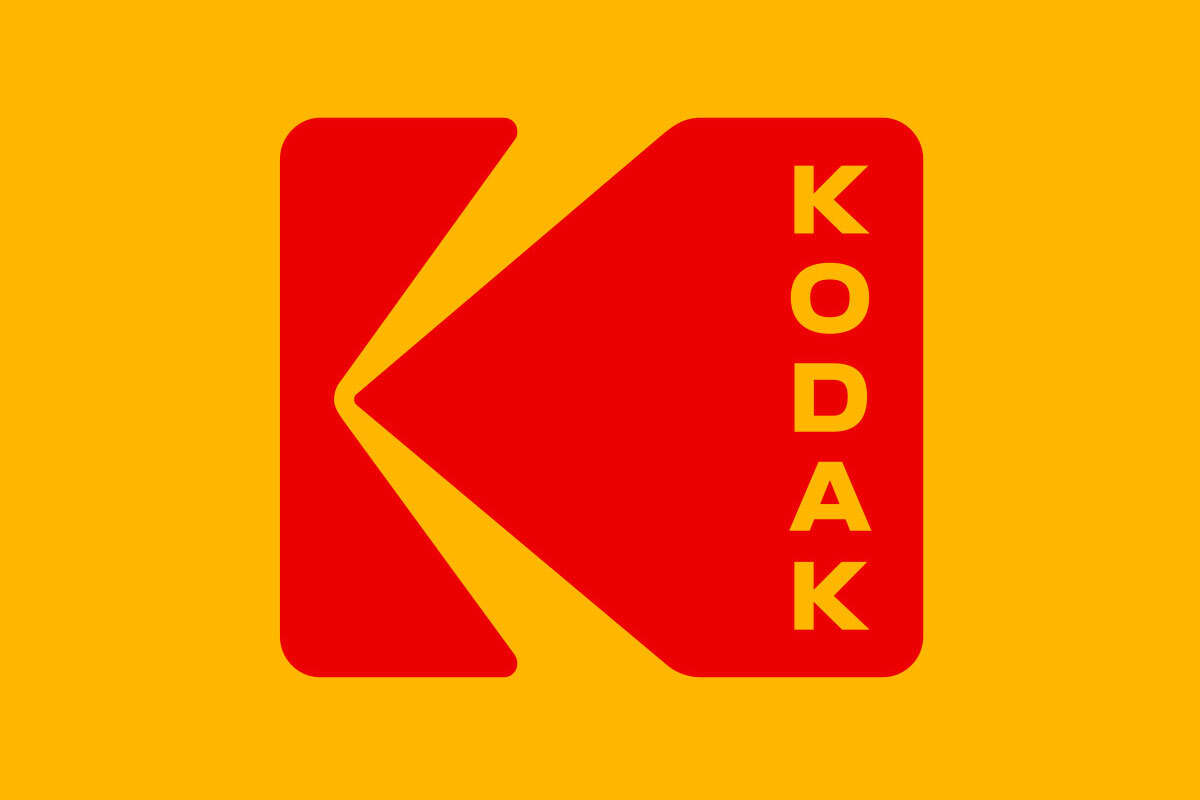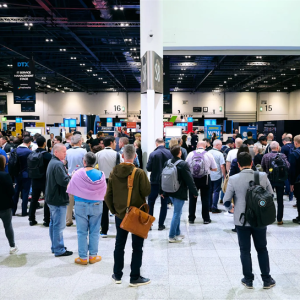
Whether it’s from consumers, investors, legislators or internal stakeholders, pressure is mounting on companies across all sectors to position environmental performance at the heart of strategic decision making.
A major part of this shift is reducing one’s carbon footprint and the growing expectation that any practices which produce harmful environmental by-products, and waste energy or other resources, should be reviewed and, where possible, reformed. This means not only reviewing one’s own internal processes, but also those of partners and suppliers across the value chain.

Despite living in an increasingly digital age, and the emergence of the long-promised paperless office, almost all enterprises still require the services of a print provider; whether for large-scale packaging and bulk printing of brochures, or smaller runs of company literature. As with all suppliers, the environmental impact of how print providers are selected is now coming under increased scrutiny within more progressive businesses.
This is happening at the same time as the print industry itself undergoes a major cultural change, with the sustainability agenda driving much of the research and innovation currently being undertaken across the sector.
The question is: to what extent is the wider business community aware of these efforts and advancements – and how is it changing expectations of their print providers?
Driving change
In order to try and answer that question, New Statesman Media Group has partnered with Kodak to launch a pan-industry survey, asking business leaders how their sustainability efforts are evolving – and the extent to which they are using sustainable practices as an important criterion when evaluating print providers.
For some time now, Kodak has been at the forefront of driving technological developments to enable printers to produce in a greener way and reduce environmental impact.
Jim Continenza, executive chairman and CEO of Kodak, explains that the company’s goal “is to deliver solutions which are not only superior to other alternatives, but backed by unwavering company-wide commitment to preserving the environment.”
“It is clear our customers and the public are becoming more aware of that imperative, and I firmly believe it is the right thing to do.”
Kodak has also recognised that good practices begin at home, reducing its own greenhouse gas outputs by 26% between 2016 and 2021. It has adopted an aspirational goal to redirect 99% of its landfill and waste bound for incineration toward other sources by 2025, as well as reducing water waste by 25%.
Digital package printing
Kodak is also empowering the print community to put environmental performance front and centre. This is particularly noticeable in the packaging space, which has undergone a sea-change in recent years with digital print rapidly growing in popularity. With digital adoption accelerated during the pandemic amid fast-changing consumer behaviours, everything from flexible packaging and labels to folding cartons and corrugated boxes has been party to this change.
Increased flexibility and shorter time to market are at the top line, though digital also supports last-minute design changes, short-run production, and more opportunity for brand personalisation.
Within this, there is also an implied opportunity to reduce slow and laborious analogue printing practices, which contribute more readily to greenhouse gas emissions and consume more materials than what can be produced for output.
In helping to further accelerate this trend, Kodak has produced a range of digital presses which are compatible with a wide range of packaging applications. Chief among them is the UTECO Sapphire EVO W and Sapphire EVO M Presses developed jointly by Kodak and the Uteco Group, and the KODAK ASCEND Digital Press. As well as functioning as high-speed digital presses, they also utilise continuous inkjet technologies and water-based inks, both of which have been proven to reduce environmental impact.
Print Industry Sustainability Survey
What does sustainability mean in the print industry and what factors should you consider when selecting your print partners?
This survey is now closed, the results of which will be published in due course.
Water-based inks
By swapping out conventional solvent-based inks for water-based inks, companies are also making major environmental strides. Water-based inks contain substances which are naturally occurring, and which therefore save the environment from harmful PVC and phthalate chemicals.
Water-based inks work in tandem with printer control software, which features ink optimisation capability and reduces the consumption of CMY inks. The software does this by applying a Gray Component Replacement (GCR) algorithm which ensures that colours are as close as possible to offset lithography when it comes to print quality.
In essence, water-based inkjet presses produce less waste because they are able to print with zero make-ready and no need for overprints to inventory.
Sustainable printing plates
Another way that print can help drive sustainable performance is through the use of offset printing plates which require no processing chemicals and which, compared with conventional processed plates, save huge amounts of water and energy.
Kodak was the first company to successfully develop and commercialise this possibility, with its KODAK SONORA Process Free Plates now in use by over 6,000 printers worldwide. The implementation of these plates alone are estimated to have saved 3.74 million litres of plate developer per year, 29 million kWh of electricity, and 468 million litres of water.
The question enterprises should be asking their print providers is whether they are using such technology and, if not, why the availability of more sustainable printing techniques are not being pursued.
From a purely economic standpoint, businesses which use such technology are likely to make significant savings on processing materials, wastewater, chemical containers, disposal, shipping and storage costs. Printers also benefit from the longevity of more consistent and stable technology, which in turn reduces time wasted on laborious and inefficient pressroom practices.
Cultural change
While sustainability is about delivering efficiency when it comes to resources, it’s also about implementing more efficient working practices. From a practical standpoint, this means that the automation of workflows, through the implementation of APIs, should be standardised.
Though this may seem daunting, businesses stand to save money on reduced waste and paper costs, allowing operational staff to focus on quality work and spend less time on administrative labour. As an example, Kodak’s workflow – KODAK PRINERGY On Demand – aims to reduce manual touch points by leveraging AI and analytics, and because it is available in the cloud, it is easier to roll out across an organisation including those spread over multiple locations.
Clients must encourage their printers to put such platforms in place, not just for the benefits they bring from a workflow perspective, but also the environmental benefits streamlined, data-driven processes unlock.
By encouraging more wholesale changes across the print industry, print suppliers should be in a far stronger position to help their clients achieve ever-evolving sustainability goals. Other changes to working practices, such as using virtual proofing and collaboration tools, not buying surplus, and using paper over plastic, are all important strategies too.
But change will be driven by a shift in market forces as well as the emergence of new technological possibilities. Clients must be encouraged to educate themselves about new environmental capabilities in the print space – and empowered to hold their print providers accountable if they fail to take advantage of all that is possible.
Print Industry Sustainability Survey
What does sustainability mean in the print industry and what factors should you consider when selecting your print partners?
This survey is now closed, the results of which will be published in due course.







